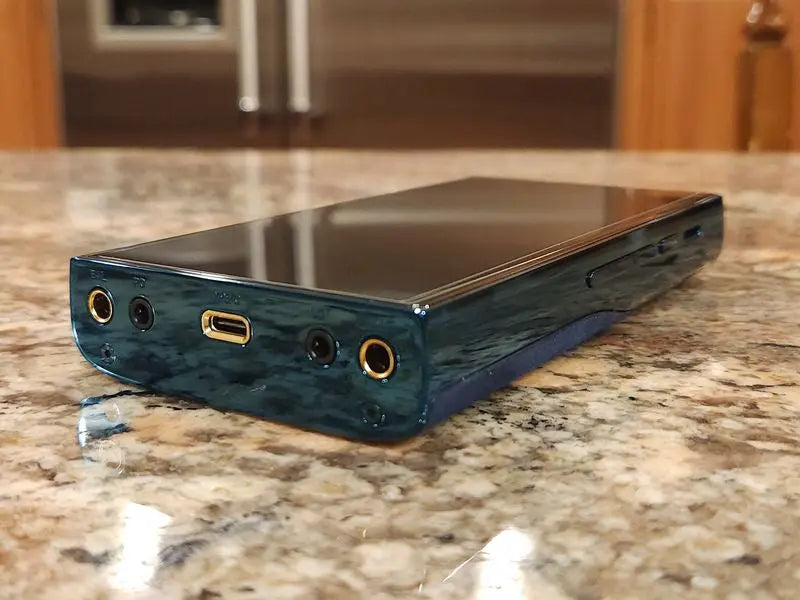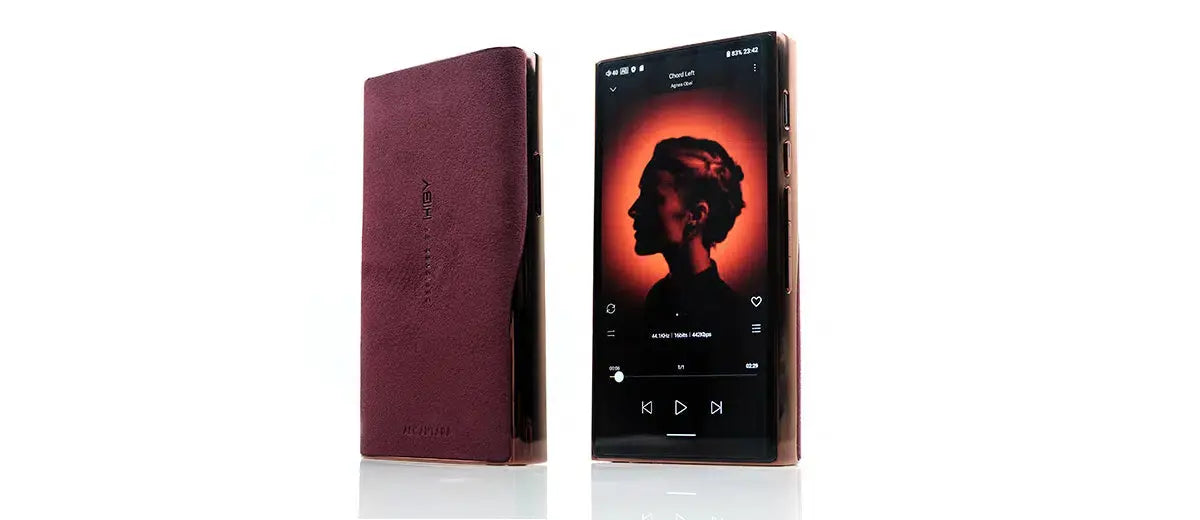PROS: Darwin-MPA architecture with a custom FPGA/Delta-Sigma implementation, natural transparent tonality with a clear detailed sound, deeper bass response, Turbo mode with a voltage boost, fast Android 12 performance (665 SoC, 8GB RAM, 256GB ROM), MQA 16x, DSD1024 and PCM1536 support, hi-res 5.9” screen, Alcantara material integration, phenomenal battery life.
CONS: weight, price, mild waterfall hissing with some sensitive IEMs.
The product was provided to me for the review purpose in exchange for my honest opinion.
Manufacturer website: Hiby.
Intro.
I already mentioned in a number of my latest writeups that it is becoming more challenging to review higher end DAPs. They are all getting bigger in size and weight, run optimized Android OS, use fast Snapdragon processors with plenty of RAM for multitasking, loaded with features, and have plenty of power to drive more demanding headphones. Even the price gap is not as wide anymore with some brands releasing cheaper co-flagships in comparison to their TOTL DAPs. So, how do you differentiate one from the other and choose which one is better for you?
Without a doubt, pair up synergy is important, but audiophiles are also looking for something more unique which stands out from the crowd. Also, seems like it is no longer about utilizing the latest off-the-shelf DAC chips, especially after the market cooled down since AKM factory fire. Thus, manufacturers are getting more creative with custom FPGA implementations and discrete DAC designs. This way they are no longer at the mercy of DAC chip manufacturers and in full control to customize their own sound tuning on both hardware and software levels.
After spending over a month with R8ii, testing it with different earphones and headphones, and comparing it to other audio players, I’m finally ready to share my findings about this latest fine release from Hiby.
Unboxing and Accessories.
Despite of being cheaper in price, R8ii release is positioned as a co-flagship relative to their TOTL RS8 DAP. But Hiby had to differentiate between these releases and cut corners somewhere, with packaging being one of those “corners”. Relative to a more extravagant leather case unboxing experiences of RS8, R8ii unboxing is more modest, but still quite tasteful. It has a nice outer carboard sleeve with glossy print and a giftbox quality box underneath with a split-in-the-middle unfolding opening. Inside, there is a secure foam tray hosting the DAP, and a handful of other accessories underneath, including TPU/Alcantara case, very high quality usb-c to usb-c charging/data cable which can handle fast PD charging, extra screen protectors (with one already applied), port film protectors, warranty card, and user guide.


I’m sure Hiby recognized that most of today’s chargers are usb-c based, so no more usb-A to usb-c cable, though maybe it would have been a good idea to include usb-A adapter. Also, usb-c to RCA coax cable was not included, probably another “corner” they had to cut, but those are not hard to get, a common cable used by Hiby/Cayin DAPs which bring out Coax output through unused usb-c pins. I did verify and R8ii is compatible with those cables. The case was something I didn’t expect. Yes, it is TPU, though it does use top quality Bayer UE95 TPU material infused with Alcantara side panels in matching color with R8ii Alcantara backplate.
I’m sure Hiby recognized that most of today’s chargers are usb-c based, so no more usb-A to usb-c cable, though maybe it would have been a good idea to include usb-A adapter. Also, usb-c to RCA coax cable was not included, probably another “corner” they had to cut, but those are not hard to get, a common cable used by Hiby/Cayin DAPs which bring out Coax output through unused usb-c pins. I did verify and R8ii is compatible with those cables. The case was something I didn’t expect. Yes, it is TPU, though it does use top quality Bayer UE95 TPU material infused with Alcantara side panels in matching color with R8ii Alcantara backplate.

The TPU material itself is rather high quality, thicker, and more premium to the touch with a smooth exterior and textured interior where it comes in contact with the backplate of the DAP. Top side is solid, bottom has generous openings for PO, LO, and usb-c ports. But I still had to widen slightly the PO opening to accommodate larger PWA balanced cable plugs. The left side has indented volume button cover. The right side fully covers the micro-SD card (card replacement will require a removal of the case), has a cutout opening for a power button, and indented playback buttons covers.
While it is a fine secure case, it was probably the first time ever I didn’t mind using R8ii naked. Alcantara material on the backplate of the DAP already helps with a secure grip and adds a friction when you place the DAP on any surface. But, at the same time, Alcantara material is a dust and crumbs magnet, so I’m sure many will prefer to keep the case on.



